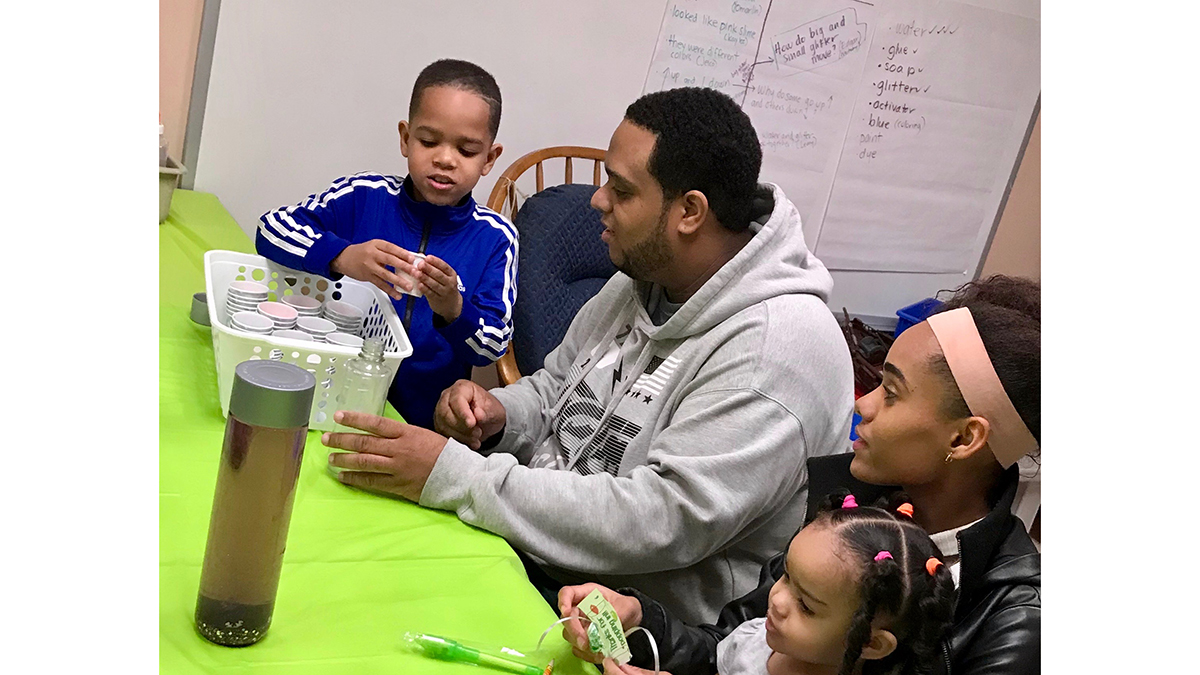Safety Blog
Wood Dust in the Lab—A Major Safety Issue!
By Ken Roy
Posted on 2021-03-01
Methods & Strategies
Engineering Your Own Liquid Soap
An example of how to use a culturally and socially responsible engineering design process
Science and Children—March/April 2021 (Volume 58, Issue 4)
By Alberto J. Rodriguez
Science 101
Q: Do Scientists Really Use the “Scientific Method?”
cross-curricular connections
Crafting Circuits
Integrating culturally responsive teaching and current events into science
Science and Children—March/April 2021 (Volume 58, Issue 4)
By Colby Tofel-Grehl, Kristin Searle, Andrea Hawkman, Tyler Hansen, and Kimberly Lott
teaching teachers
Learning About Culture and Sustainable Harvesting of Native Plants
Garden-based teaching can foster appreciation of indigenous knowledge.
Science and Children—March/April 2021 (Volume 58, Issue 4)
By Eileen Merritt, Alex Peterson, Stacy Evans, Sallie A. Marston, and Steven Zuiker
Start with phenomena
Phenomenon-Based Professional Development
Shifting Perspectives Between Teacher and Learner to Build Understanding of Complex Science Instruction
Science and Children—March/April 2021 (Volume 58, Issue 4)
By Clare Gunshenan, Martha Inouye, Ana Houseal, and Tracy Jacobs
feature
Cultivating Place
Engaging students with place-based learning in community gardens
Science and Children—March/April 2021 (Volume 58, Issue 4)
By Kean Roberts, Jesse Wilcox, and Anna Bahnson

feature
Crossing Linguistic and Cultural Borders
Three ways to engage emergent bilingual families through science
Editor's Corner
Technology and Scientific Habits of Mind
The Science Teacher—March/April 2021 (Volume 88, Issue 4)
By Ann Haley MacKenzie




